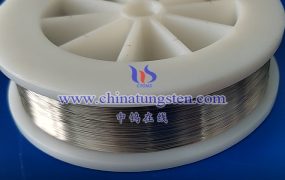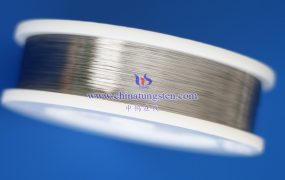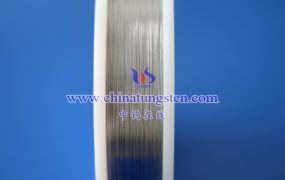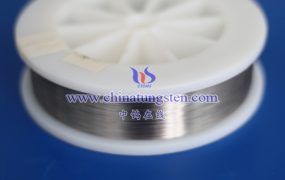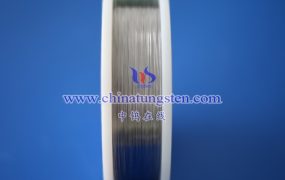The electron emission characteristics of tungsten wire are mainly affected by many factors such as its material properties, operating temperature, surface state and manufacturing process. The following is a detailed analysis of the electron emission characteristics of tungsten wire:
- Material properties
Tungsten is a metal with high melting point and high boiling point. Its chemical properties are stable and it is not easy to react with other substances. This allows tungsten wire to maintain good electron emission performance at high temperatures. In addition, the emissivity of tungsten wire (that is, the ability of electrons to escape from the surface of the material) is usually between 0.2 and 0.4, and the specific value is affected by many factors such as material purity, surface state and operating temperature.
- Working temperature
Tungsten wire is a thermal emitter, and its electron emission performance increases with increasing temperature. When a DC voltage is applied to the tungsten wire electrode, the tungsten wire generates heat, and the operating temperature is generally between 2600K and 2800K. Within this temperature range, tungsten wire has a high electron emission efficiency. The higher the temperature, the greater the current density, and the brighter the electron gun. However, because the evaporation rate of the material increases sharply with increasing temperature, the life of tungsten wire is relatively short, generally between 50 and 200 hours.
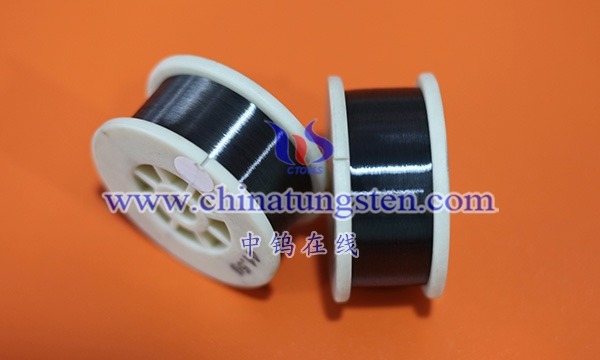
- Surface state
The surface state of tungsten wire also has an important influence on its electron emission performance. If there are oxides or other impurities on the surface of the tungsten wire, these substances may change the electromagnetic properties of the tungsten wire surface, thereby affecting its electron emission ability. Therefore, keeping the surface of the tungsten wire clean and smooth is crucial to improving its electron emission performance.
- Manufacturing process
The manufacturing process of the tungsten wire will also affect its electron emission performance. For example, the cathode of the tungsten wire electron gun used in the scanning electron microscope is usually made of 0.1mm diameter tungsten wire into a V shape (forked tungsten wire cathode), and the tip is used as a point emission source. This manufacturing process makes the tungsten wire have a smaller emission point source area and higher electron emission efficiency. However, due to the large cathode emission point source area, the size of the electron source is also relatively large (50~100μm), resulting in a lower brightness of the electron gun. When the electron beam spot is focused on a few nanometers, the total probe needle current is very small and the signal-to-noise ratio is too low, which is the fundamental factor limiting the image resolution.
- Comparison of electron emission characteristics
Compared with the field emission electron gun, the tungsten wire has some differences in electron emission characteristics. The field emission electron gun does not have a bias negative feedback circuit, and the stability of the emission current is relatively low. However, since the area of the needle-tip cathode emission power source is very small (about 100nm) and there is no obvious electron source, a virtual electron source is used as the initial object for the design of the electron optical system. The diameter of the electron virtual source is generally 2~20nm, and the brightness of the electron gun is tens of millions times higher than that of the tungsten wire. When the beam spot size is reduced to below 1nm, the detection current is still strong enough to obtain sufficient imaging signals, so the resolution is very high.
More details of tungsten wires, please visit website: http://tungsten.com.cn/tungsten-wires.html
Please contact CHINATUNGSTEN for inquiry and order of tungsten needles:
Email: sales@chinatungsten.com
Tel.: +86 592 5129595

